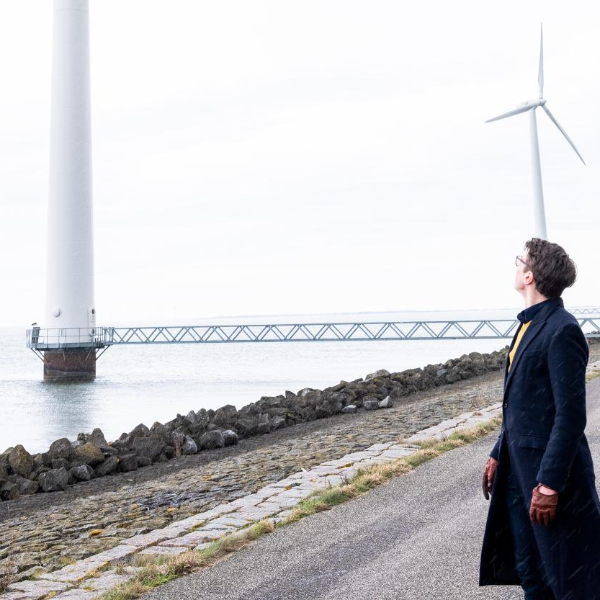Win-win: zero-emission construction and charging without connection to the grid
Cobouw column by Jimme Zoete

Win-win: zero-emission construction and charging without connection to the grid
The Government of the Netherlands is creating charging schedules, developing charging capacity through the Living Lab Heavy Duty Charging Plazas project and exploring land-based power sockets. The central government’s approach is reminiscent of the planning of the 1990s: similar to Vinex districts, the fast-charging points along motorways are being planned and rolled out at existing motorway services. It does not seem to matter that grid congestion is spreading unabated throughout the Netherlands or that there is a lack of high-voltage substations nearby.
Meanwhile, relatively unnoticed, zero-emission construction is taking off in earnest, driven by tender requirements, the nitrogen crisis and zero-emission zones in urban areas from 2025. It is a development that is going to provide momentum for the charging infrastructure.
The question that remains is how do you charge a lorry and other heavy equipment without a connection to the grid? And how do you get a grid connection to a reinforced dyke or road project if there is no town or village nearby? The answer is simple: in the close vicinity of a wind turbine or solar park. These are usually located in places where there are no built-up areas!
Off-grid charging is already taking place and offers many more possibilities. Last year, we worked on WattHub, the first fast-charging plaza for lorries and heavy equipment behind the Betuwewind wind farm grid connection. We also designed modular solar roofs in combination with an off-grid charging infrastructure without mains connection.
This knowledge and technology mean there is a win-win opportunity for the taking. This is because SDE++ subsidies cannot compete with the charging rates for fast chargers. Fast charging will follow renewable power generation in the coming years. So, colleagues in the construction industry, if you have plans for a motorway or dyke reinforcement, find a wind farm or solar park in the vicinity and investigate how off-grid charging can work for you.
This will enable central government to limit itself to determining the frameworks. So that construction companies, for example, can be prevented from laying claim to every site close to wind farms. Once the zero-emission construction project has concluded, charging plazas can continue to be used. In places where no market initiatives develop, it is the central government’s responsibility to systematically roll out and manage charging plazas.
More information?
